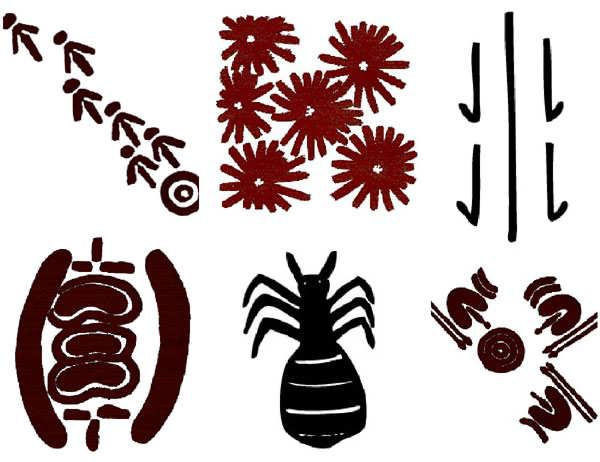The Australian Aboriginal people do not have any written language and as such, they rely on signs, symbols, and other forms of artwork to convey messages and pass on this knowledge to other generations. This was done through the use of Aboriginal symbols which are still an essential part of their long artistic tradition. Most of these Aboriginal symbols encompassed a variety of dots or lines with some telling complex stories while others having multiple meanings.
Budgerigar Aboriginal Symbol
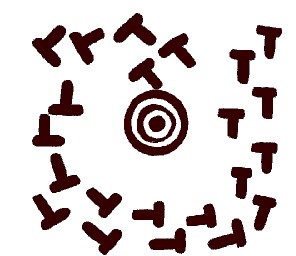
As depicted in most paintings, artists working on this icon portray the subjects from an aerial view and depicted as indentations on the ground. All the tracks in this symbol symbolize events, ancestral travels, or current travels that have happened in the artists’ country. While there are numerous icons symbolizing every being that inhabits the Central Desert, this particular one signifies a Budgerigar. Aboriginals used this bird to guide them to various
edible foods coming into the season and followed it in their pursuit of food and water.
This symbol tells the story of a budgerigar. This bird is known by aboriginals to fly around searching for food and upon spotting it; it descends down eating the insects, worms, and seeds before flying up again looking to create a home. While the bird is flying around, it spots an old tree but it has to look around and ascertain that it’s the right place to make a nest. The tree doesn’t impress the bird and it continues flying around before finding a beautiful tree with green leaves and firm branches. Upon checking, the bird then makes a home where it can lay its eggs. The cycle goes on and once the tree gets old, the budgerigar then flies away looking to make a new safer home for its babies.
The Emu Aboriginal Symbol

Just like in the budgerigar symbol, this symbol is also depicted from an aerial perspective and with indentations in the ground. This symbol represents another bird known as the Emu. This is a large bird that the Aboriginals used for bush medicine as well as a source of food. Aboriginal males hunted this bird and used its feathers for decorations during sacred and public ceremonies.
This icon tells a story about the emu. Aboriginals knew the bird to walk for long miles eating berries, seeds, and grass.
When the bird felt thirsty, he’d walk slowly just like he was in danger until he reached the waterhole where he checked around to make sure there was no one before drinking the water. These birds are known to be hard to catch and aboriginals used poison leaves to capture them. They’d go to these water holes and poison the water before lurking around waiting for the birds.
Goanna Aboriginal Symbol
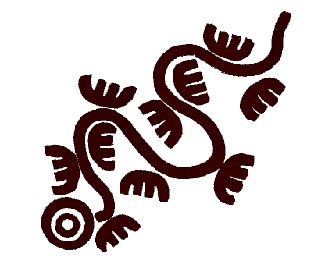
This symbol depicts a large lizard found in Australia known as the goanna. This lizard was used by the Aboriginals as a source of staple food as well as for medicinal purposes. This symbol represents how a goanna drags its tail along in the sand forming footprints on either side. Goannas are known to leave distinctive tracks and this aided the aboriginal people in hunting for it. This lizard and its eggs are a primary source of food for the aboriginal people. Lastly, there are numerous ways in which this symbol is represented based on the region of the artists.
Campsite
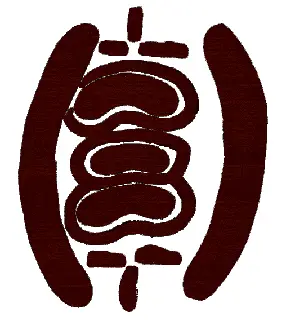
This icon appears in most aboriginal paintings and portrays how people are involved in ceremonies, how they camp, hunt, travel, and gather. This symbol is usually depicted by a series of concentric circles occupied by aboriginal people. These paintings are often associated with fertility and they depict a fertile region of a country. Each mark on this symbol signifies something:
The ovals on the sides represent the windbreaks, the three dashes signify fires, the top oval mark at the center represents an aboriginal man, the middle oval mark signifies a baby and the bottom oval mark symbolizes a woman.
Spinifex
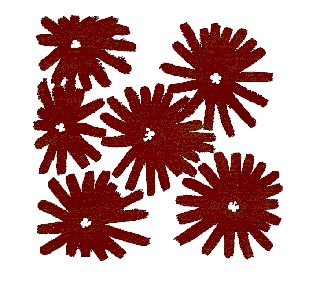
This symbol represents the spinifex grass which is long and yellow and was useful to the aboriginals because of its seeds. Aboriginals collected these seeds, put them in the coolamon, and cleaned them before grinding them for consumption. Spinifex grass was also used in making wax after burning it. This was then used on Woomera, spears, and stone knives.
Honey Ant
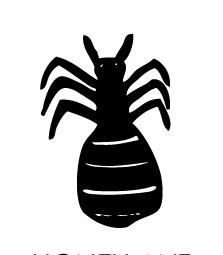
This symbol represents honey ants and is synonymous with most Australian aboriginal work from central Australia. Honey ants were hunted by aboriginal women who used digging sticks to burrow deep in the sand and retrieve them. These ants produce a substance that resembles honey from their abdomens and it’s regarded to be a special treat by the aboriginals.
Man Hunting
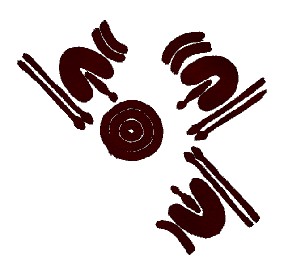
This icon depicts the hunting process carried out by men. It represents men sitting beside a waterhole waiting for their kill armed with woomeras, boomerangs, and spears. This symbol is common in most aboriginal artwork, especially with aboriginals from Central Australia.
Bush Turkey
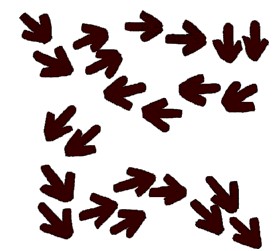
This symbol represents a bush turkey known to wander all day searching for worms, berries, insects, and seeds. These turkeys are hard to spot as they sometimes camouflage themselves amongst anthill trees as well as standing next to spinifex grasses. Their feathers are used for decorative purposes in ceremonies by tying them onto a dancing stick.
Moving Kangaroo Tracks
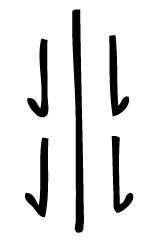
This icon symbolizes the tracks of a moving kangaroo. Aboriginal men hunt this animal by following its tracks in the sand. The line at the center depicts how a kangaroo’s tail moves along the sand.

